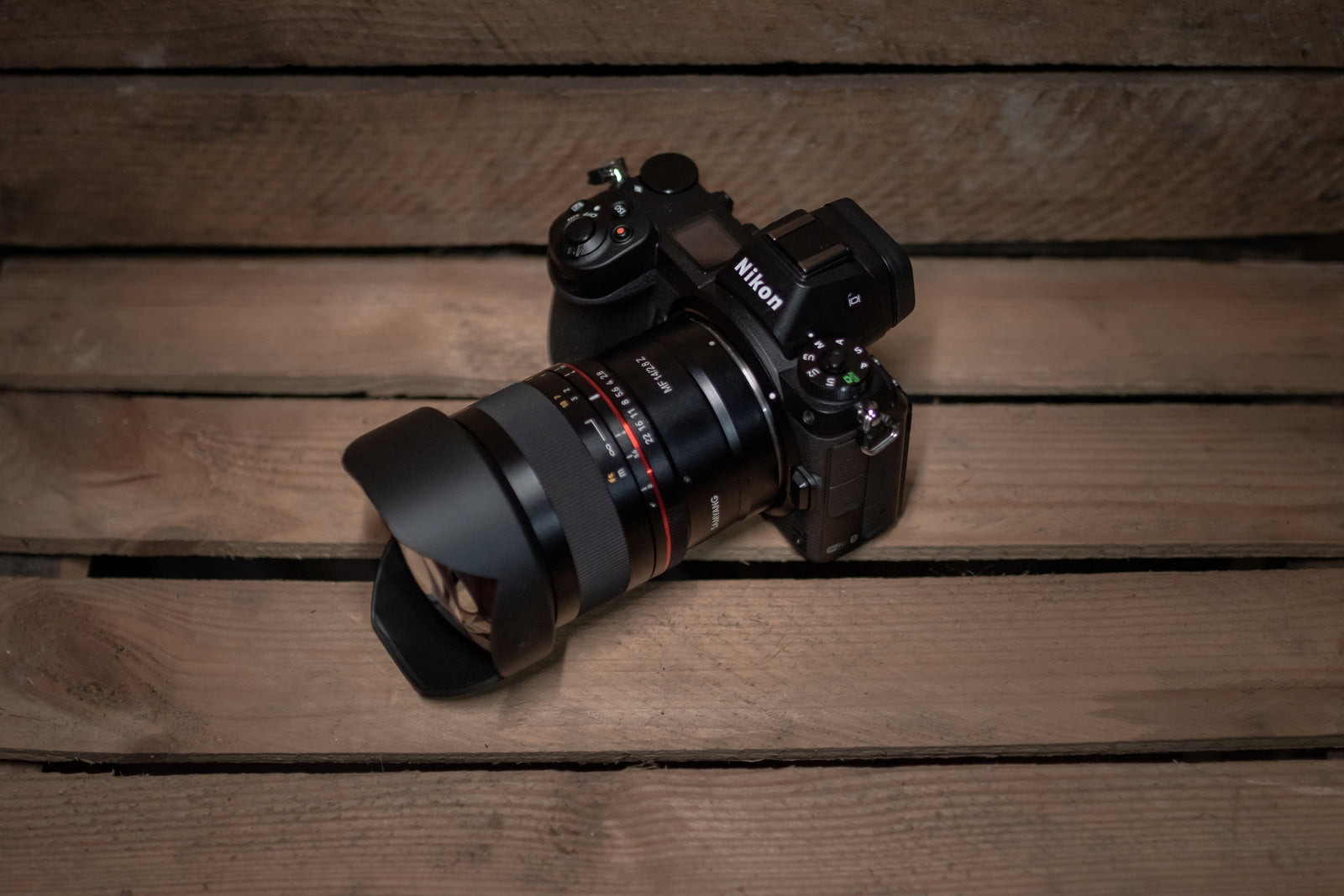The Differences Between Nikon F and Z Mounts Explained

As the world of technology develops, new and improved equipment is released; the same goes for the types of cameras you use to film videography or shoot photography. The differences between the Nikon F and Z mounts have arisen along with the evolution of photography equipment. While both are acceptable to use in this industry, there may be a few reasons why professionals are shifting toward one over the other—compare these features with us below so you can make a more informed decision for upgrading your camera gear.
Camera Type
An F mount is mainly used on DSLR cameras that feature a mirror that helps guide light into the lens you’re working with. On the flip side, Z mounts are attached to a mirrorless camera. A device that does not utilize a mirror is more portable but does not compromise video or photo quality. F mounts will not work on mirrorless cameras unless there is an adapter.
Throat Size and Flange Distance
On a typical F mount DSLR, the throat size is around 44mm, whereas a Z mount is larger with 52mm. The larger the diameter, the more your camera can capture in a single image. Because the Z mount lacks a mirror in the camera, you will have a shorter flange distance, bringing the lens closer to the sensor for an even broader view.
Affordability and Weight
A significant difference between the Nikon F and Z mounts is that F components are much more affordable than Z components because Nikon shifted their focus to mirrorless cameras. This means that F mounts are becoming outdated and are no longer made by Nikon. However, Z mounts are more lightweight and will not weigh down your gear as much as their counterparts.
Why You Should Switch From an F to Z Mount
First and foremost, with Nikon transitioning to a new system, many videographers and photographers are too. Some lenses are yet to be made for Z mounts and can only be found for F mounts, but you can buy an adapter for your mirrorless camera so you can still use these lenses. You will be able to seamlessly transition from capturing images to shooting video on the Z mount devices.
Furthermore, Z mounts are much more compact and lightweight; with a Z mount, you will not strain yourself traveling from location to location with your camera equipment. You will also have better video quality on a mirrorless camera because images are crisper and cleaner with smooth autofocus. This means a lens like the Samyang autofocus Nikon component will become quieter on a Z mount.
Moving forward, Z mounts will be the more popular choice, but if you’re just beginning your endeavor in this profession, you could purchase old F mount equipment from past videographers to practice the craft at a more affordable price. Eventually, though, the Z mount will become the standard Nikon system and is worth trying. Now that you understand the differences, which mount will you use?


Leave a comment